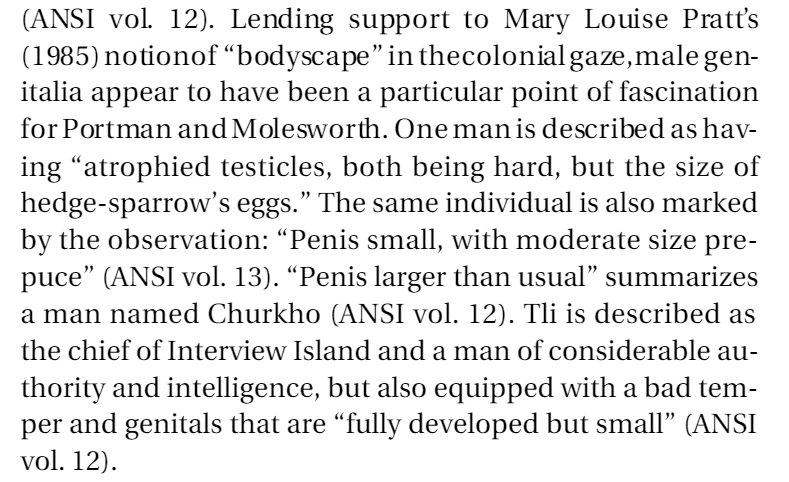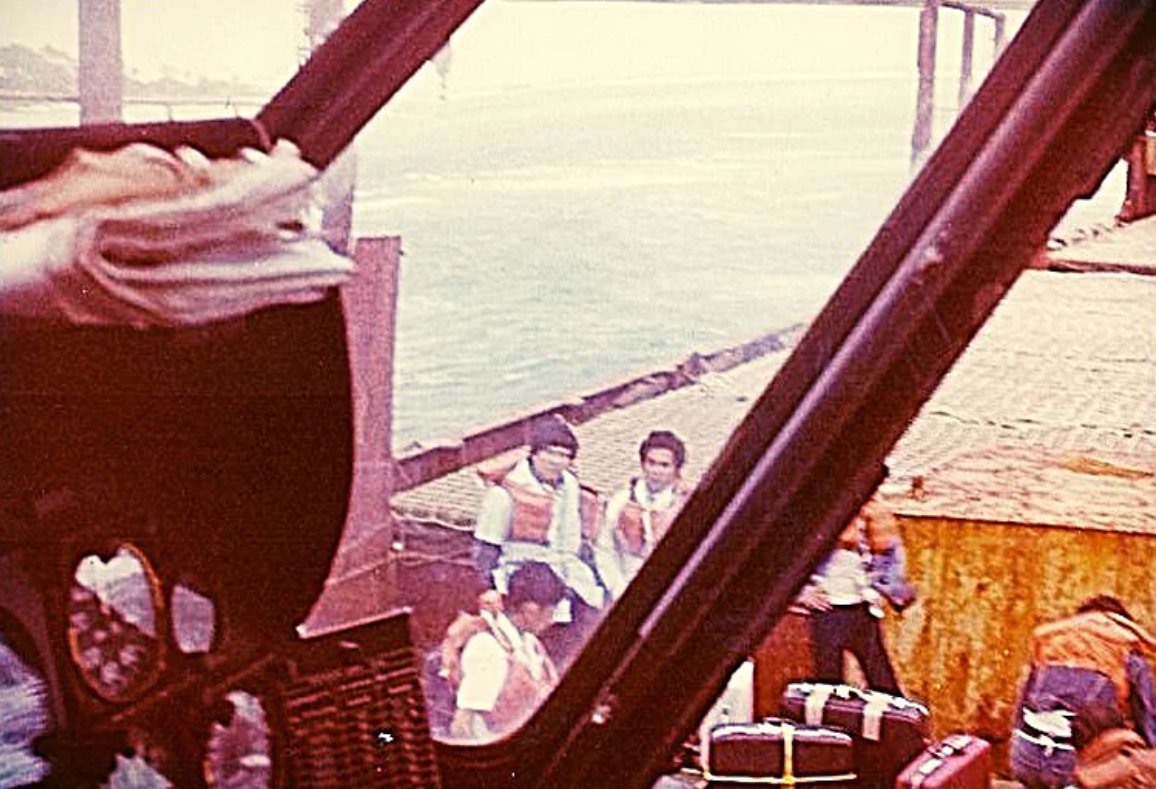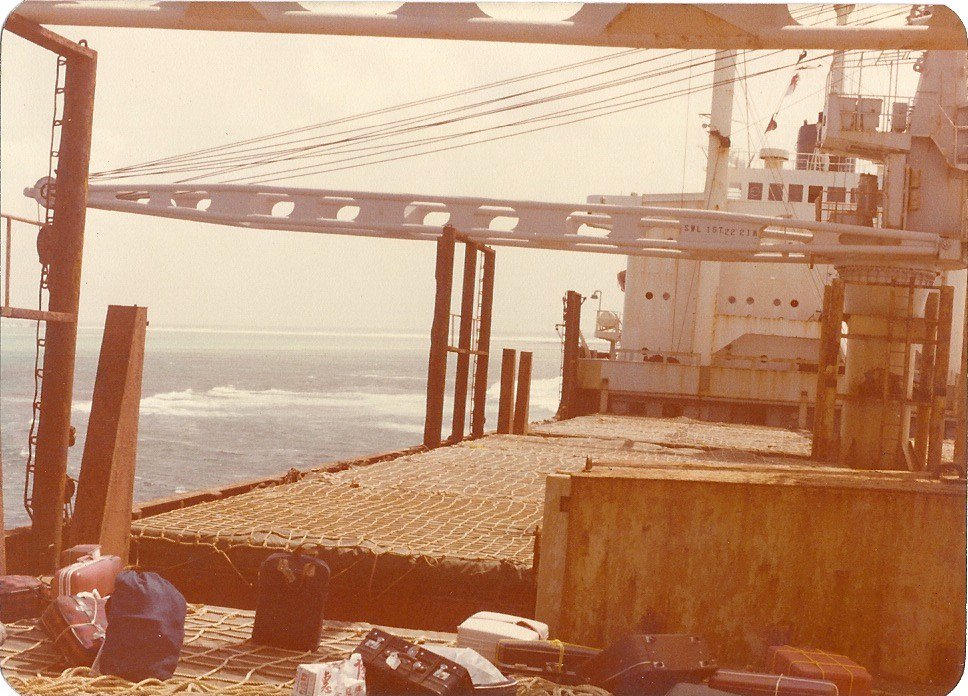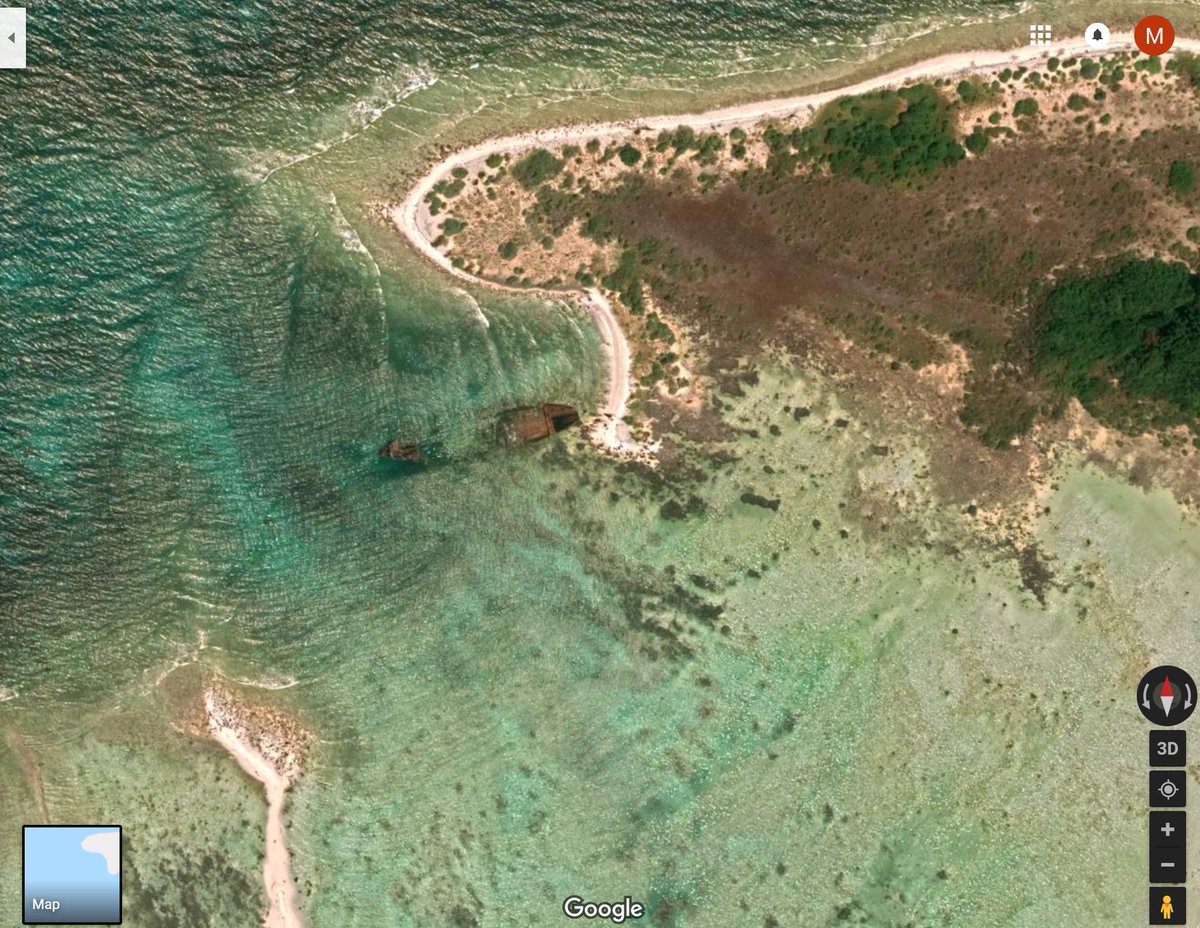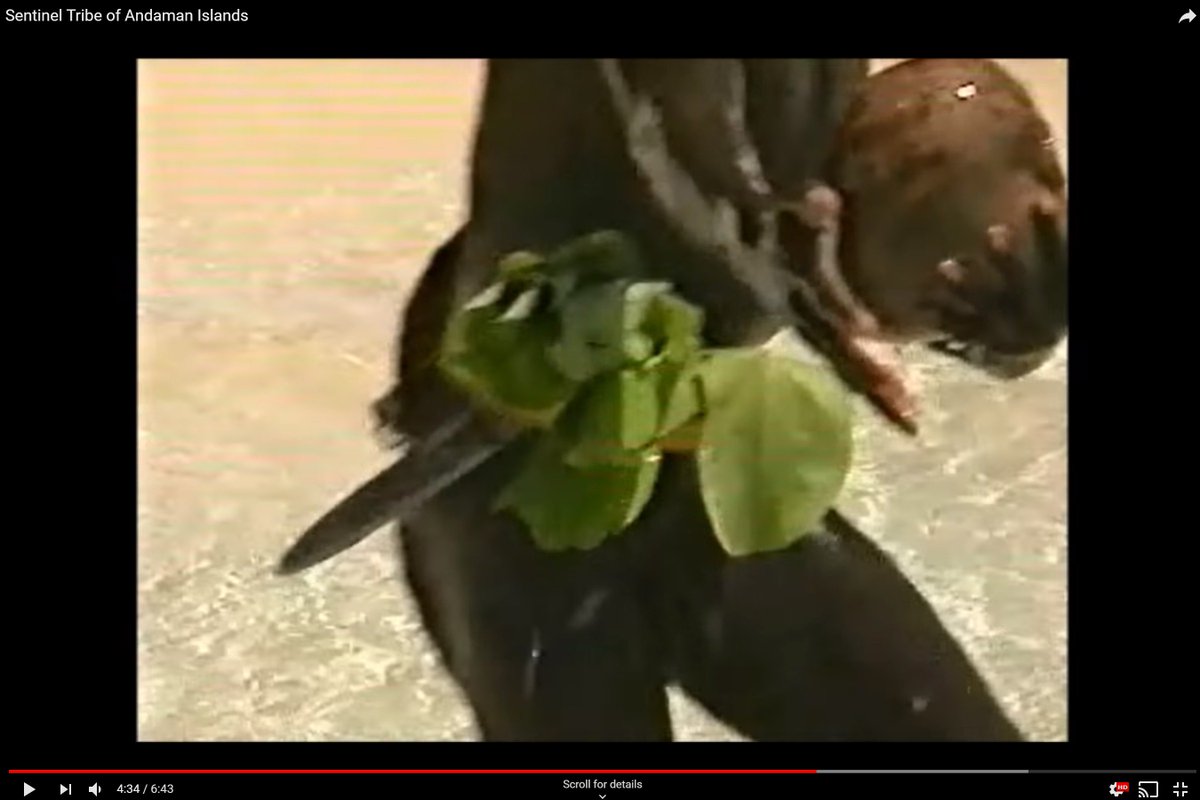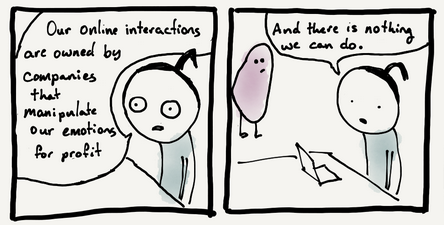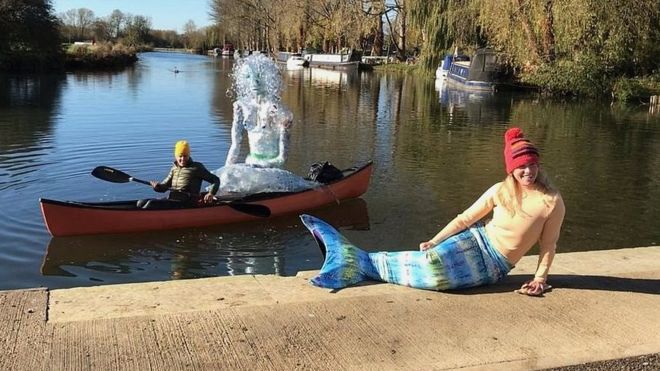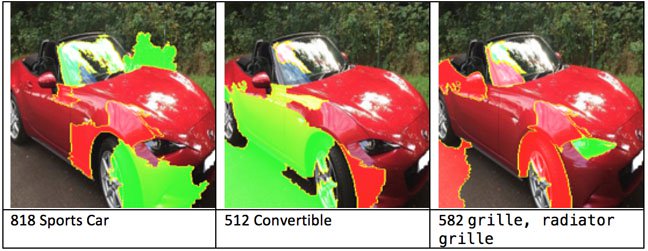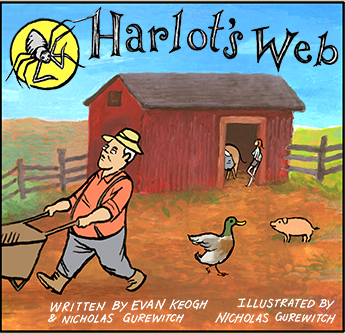A few nights ago I saw Jack White in concert. It was a wonderful night, and a big part of that was due to a new rule he has imposed on all his tour dates: no phones.
When you arrive, you have to put your phone into a neoprene pouch, supplied by a company called Yondr, which they lock and give back to you. If you want to use your phone during the
show, you can go into the concourse and unlock it by touching it to one of several unlocking bases. The concert area itself remains screen-free.
The effect was immediately noticeable upon entering the concert bowl. Aside from the time-travel-like strangeness of seeing a crowd devoid of blue screens, there was a palpable sense
of engagement, as though—and it sounds so strange to say it—everyone came just so they could be there.
…
The most-significant observation in this article, in my mind, was that even putting a 20-second delay to people using their phones – that is, having to walk out to the concourse to
unlock their bags – was sufficient to dramatically remove the temptation for their use. That’s amazing, but unsurprising: Veritasium recently did a video about boredom and how the desire to avoid ever feeling bored (despite its
scientifically-demonstrable benefits), coupled with the easy access of instant stimulation from our smart devices, leads us into the well-known check phone, replace, check again cycle
(or else “zombie smartphoning”).
I’ve been trying to be better about paying less-attention to my phone, this year, and it’s gone well… except that (as David also observes in the linked article) I’ve become
more acutely aware of the feeling of the conversational/interpersonal “void” created when somebody else chances a “quick check” of their phone under the table. I used
to blame social media mostly for this – and I still think that it’s an issue, and it’s certainly true that my Facebook/Twitter/Reddit-heavier-using friends are the biggest culprits for
getting lost in their devices – but I’ve come to see it as a bigger, more-human issue, coupled with the availability of the new technologies around us.
Similar to how we eat too much fat, and sugar, and meat… simply because it’s available, we crave the stimulation that we can easily get from the device in our pocket to such an
extent that we’ve become unhealthy in our habits.




